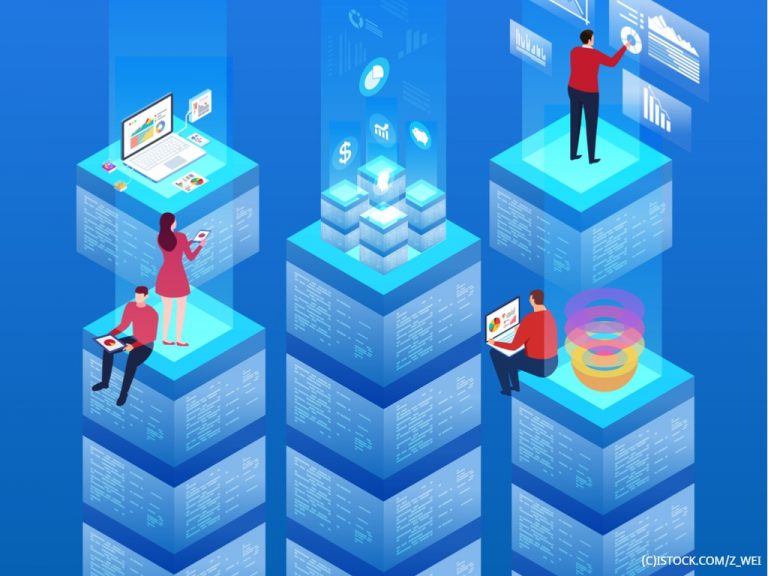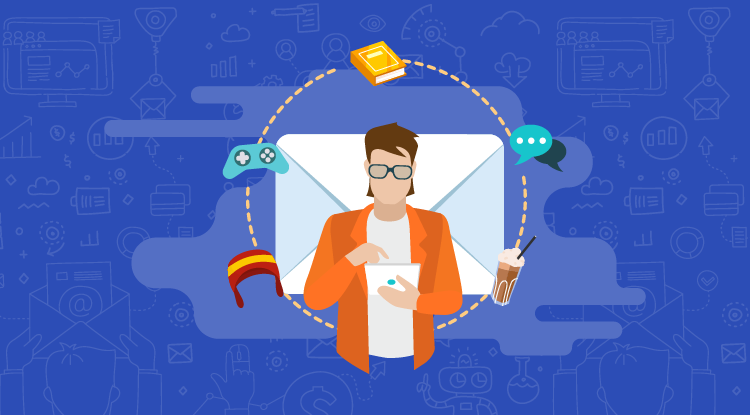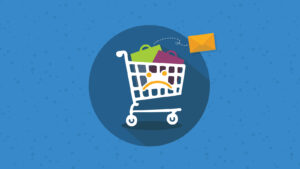
The growing demand for “technology enhanced” eLearning solutions is currently driving the growth of the industry. It comes as no surprise at all that such a booming industry would even thrive in marketing.
One of the exciting factor is that for you to keep your eLearners. You can make use of this opportunity to promote your company through the giveaways and endorsements. For you to keep your learners engaged once the course is over, use this medium to start reminding them. With announcements about new lessons and new modules.

Collect feedback
For your course to be very successful, the learners need evidence that it will deliver results. If learners know that the others have been satisfied with the learning experience that you have provided, they will be more likely to enroll.
For this reason, it is of high importance for you to include the testimonials of past students in the launch of your course. It is more likely that a product with a known and proven track record will attract investors. More than the one without any recommendations at all.
As another method, you can also conduct a focus group to help gather feedback. Make sure that you are very open to constructive criticism because it is helpful in the long run.
Take advantage of this information to improve your course and then you will gain more perspective on how your it is being perceived. You will gain a lot of credibility when your satisfied learners endorse your course. Employing these tactics will be of help to you in building a more successful marketing campaign and the learner journey.
Use your social media
No matter which of the social media platforms that you are using to promote your business, you should begin your post with some teaser information as soon as possible about your online course.
While you are building your social media following, remember to avoid making all of your content posts about your course alone. Instead, make sure your social media channels provide your target audience with interesting content to get them interested.
The content that you are creating might come from other sources, and that is fine. Your audience will become accustomed to checking in with you daily if that is if you regularly post quality content on your social media. Once you have an engaged user base, you will have no problem marketing your own online course.
You can even utilize some certain apps to help you in marketing your courses to the exact audience that you are trying to reach. For example, some of the book summary apps are being used by authors to help them sell their books. This makes it pretty easier for people to start investing in buying a book when they have a summary. There is less or nothing to lose because the customer feels like they have gotten more information on the product.









